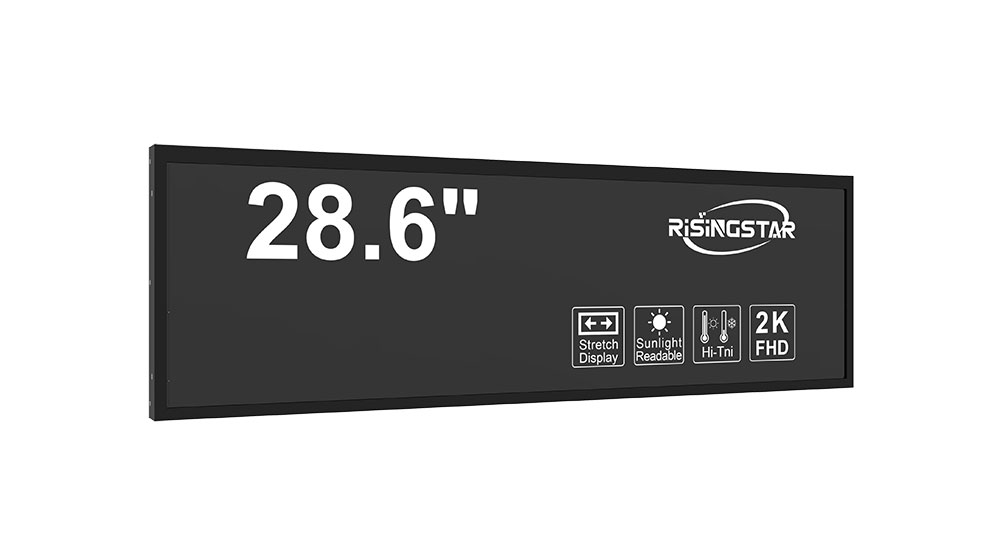- Home
- About Us
- Products
- News
- Video
- Contact
- Send Inquiry
Search
- Home
- About Us
- Products
- News
- Video
- Contact
- Send Inquiry

Selecting the appropriate outdoor LCD screen for high-brightness applications demands a deep understanding of environmental challenges, technical specifications, and real-world performance metrics. Unlike indoor displays, outdoor screens must operate reliably under extreme conditions such as direct sunlight, temperature fluctuations, humidity, and physical exposure to weather elements like rain, dust, and UV radiation. According to the International Electrotechnical Commission (IEC), outdoor digital signage systems must meet at least IP65 ingress protection standards to ensure durability against water and dust ingress—this is non-negotiable for any professional deployment.
Brightness is perhaps the most critical parameter. For daytime visibility in full sunlight, outdoor LCDs typically require brightness levels between 5,000 and 10,000 nits. Industry benchmarks from manufacturers like LG, Samsung, and Sony confirm that 7,000 nits is often the optimal balance between energy efficiency and visibility in urban environments. In contrast, lower-end models with less than 3,000 nits may appear washed out during daylight hours, rendering them ineffective for advertising or public information purposes.

Another crucial factor is display technology. LED-backlit LCDs are commonly used in high-brightness outdoor setups due to their superior luminance control compared to traditional CCFL backlights. Some premium models incorporate local dimming zones, which dynamically adjust brightness per region, enhancing contrast while reducing power consumption—a key advantage in solar-powered installations. Case studies from Times Square digital billboards and Tokyo’s Shibuya Crossing show that LED-backlit panels with adaptive brightness algorithms improve both longevity and visual impact over time.
Environmental resilience also includes thermal management. Outdoor LCDs must include active cooling systems such as heat sinks or fans, especially in hot climates like Dubai or Phoenix. A 2023 study published in IEEE Transactions on Consumer Electronics found that LCDs operating above 45°C without proper heat dissipation experienced up to 30% faster degradation in pixel uniformity and lifespan. Therefore, selecting a unit with an operating temperature range of -20°C to +60°C ensures year-round functionality even in extreme climates.
Connectivity and maintenance are equally important. Modern outdoor displays often support PoE (Power over Ethernet), remote diagnostics via cloud platforms, and IP68-rated enclosures for enhanced security. For instance, a successful installation by Digital Signage Today at a major European airport integrated ruggedized LCD units with built-in diagnostics, cutting maintenance costs by 40% over two years.
Ultimately, choosing the right outdoor LCD requires evaluating brightness, durability, thermal design, and smart features—not just price. Whether deploying in retail, transportation hubs, or public spaces, investing in certified, high-performance displays ensures long-term ROI, brand credibility, and user engagement.